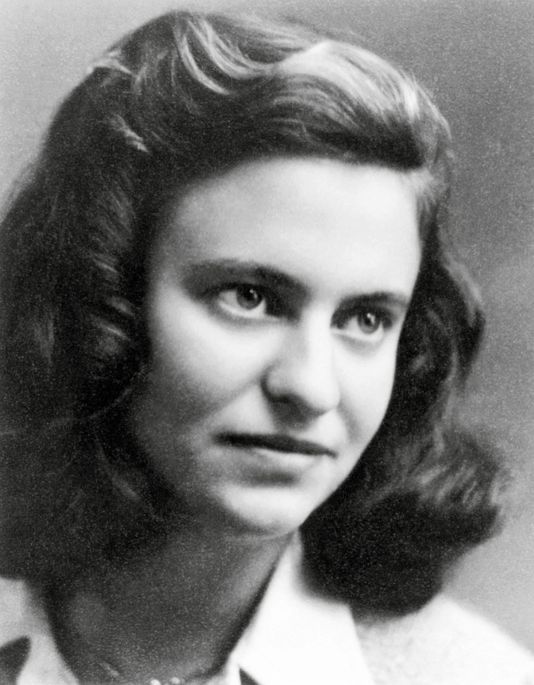An upright lifesaver
12.06.2023

Florence Hervé She was 17 years old when the Nazis invaded France. She could not accept the occupation, collaboration and anti-Semitism. This Wednesday marks the 100th birthday of Yvette Wilborts, whose fight in the Resistance would earn her the honorary name Marie-Jo. She chose to walk upright for justice and freedom. She spent her childhood in Paris, and at the age of 13 went to a school newly established for Parisian refugees in Tréguier in northern Brittany. Her freedom-loving parents meanwhile lived on the island of Bréhat; her father was a pediatrician and painter, her mother a midwife. At home, they listened to the banned station Radio London. After Charles de Gaulle's call for resistance in June 1940, the group "La Bande à Sidonie" was formed under the leadership of Wilbort's mother. Its members sought information about German coastal defenses on behalf of British intelligence. The first crossings to England were organized. As an islander, Yvette Wilborts had a special pass to pass through the exclusion zone on her way from Bréhat to Rennes, where she had been studying medicine since 1941. The student used this special status and helped anti-fascists as well as Englishmen who wanted to leave occupied France to escape. Yvette Wilborts, alias Marie-Jo, memorized the military fortifications on the Atlantic Ocean, which were then sketched by her father. She took the secret documents on coastal defenses to Rennes, to the head of the escape organization. In May 1942, the 14 members of the resistance cell were denounced. Marie-Jo and her mother were deported by the Nazis to the Ravensbrück camp in 1943, as so-called NN prisoners under the "Night and Fog Decree" of December 1941. Marie-Jo was just 20 when she was deported. Forced to work first in the Siemens factory and later in the "nursery," the young woman managed to save the lives of infants; of the 500 newborns, about 40 survived. It was "the most terrible and painful time of my life," the resistance fighter would later say. She also witnessed medical experiments on humans and the sterilization of Romnja and Sintizze. She experienced liberation in 1945 in the Mauthausen concentration camp. Later, she was one of the witnesses in one of the Rastatt trials, the one against the camp commander of Ravensbrück, Fritz Suhren. Her mother also survived the hell of the concentration camp, her father did not return from Buchenwald, he was murdered there. After the war, Marie-Jo devoted herself to research in child psychiatry. She married the sociologist Paul-Henry Chombart de Lauwe and had four children. She remained true to the humane values of the Résistance, committed herself against torture, whether in the Algerian war or elsewhere, against racism and revisionism, and gave lectures at schools. Until her old age, she fought against the trivialization of Nazi crimes, against any rehabilitation of fascism and for the memory of the Résistance. "She is tired today, very tired, but cheerful," Marie-France Cabeza-Marnet knows to report these days. She is treasurer of the International Ravensbrück Committee and representative of the Amicale de Ravensbrück; her resistant mother was herself a Ravensbrück deportee. Marie-Jo Chombart de Lauwe has been living since last December in the Institution Nationale des Invalides, a care facility run by the French state for former resistance fighters and war invalids. Cabeza-Marnet had brought her three roses shortly after the anniversary of the liberation, "the Ravensbrück roses of hope, freedom and peace." They are "symbols that show our will to survive and resist," Marie-Jo Chombart de Lauwe had told us during her time as president of the Foundation for the Memory of the Deportation (1996-2018). In this space, the author last wrote on April 5 about Algerian resister Eugénie Djendi. Florence Hervé is editor of "With Courage and Cunning. European Women in Resistance to Fascism and War," Verlag Papyrossa, 3rd ed. Cologne 2022.
(c) Junge Welt 2023